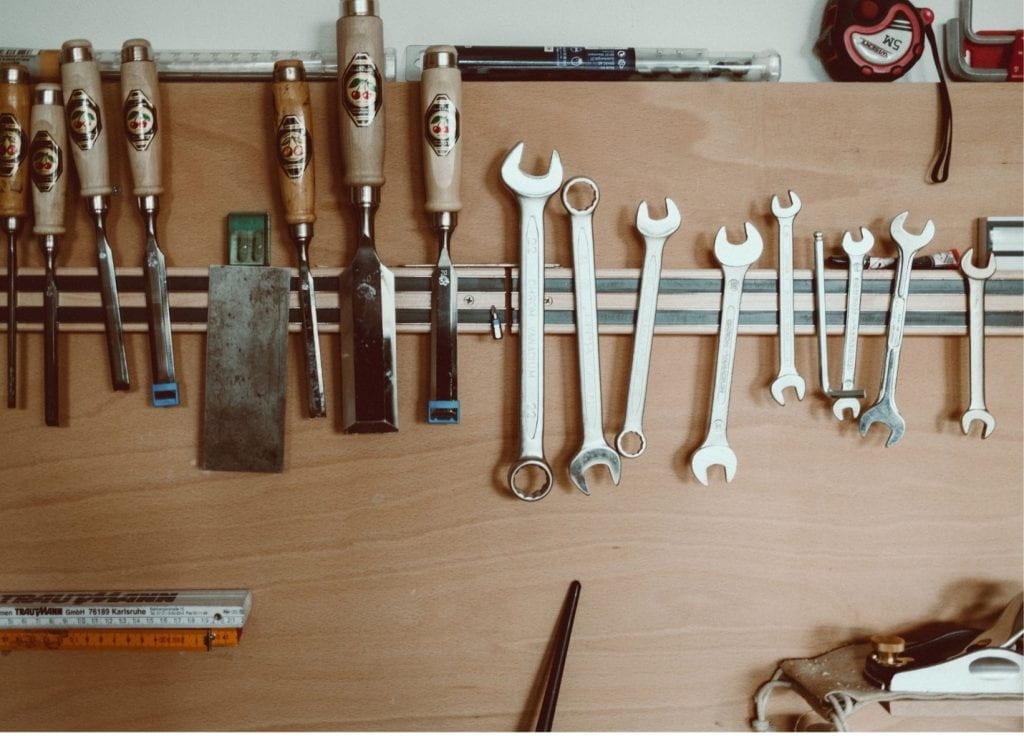
I love tools and am constantly looking for resources that help me do things more efficiently in every part of my life. My husband teases me that I have used the chop saw I bought him as a gift more than he has. At work, my quest has been for tools to help me manage change. This ultimately led me to tools that helped me grow as a leader because I learned that WHO I AM is my most powerful organizational change tool.
I believe that all of us are leaders if we choose to be. At a minimum, we are the leaders of our own lives. You choose to be a leader when you step up to improve the world around you.
I am just starting to dig into a tool that I am really excited about because I have found that in my new role, I don’t have the right tool right now for the level of complexity and ambiguity. The tool is a book called Immunity to Change: How to Overcome It and Unlock the Potential in Yourself and Your Organization by Kegan and Lahey. The adult development model described in the book has already helped me. I am planning on doing all the exercises in the book for my own development and growth.
Here is the short list of other tools and why they have been so instrumental in my own leadership journey.
- Crucial Conversations Tools for Talking When Stakes Are High by Patterson, Grenny, McMillan, Switzler. The idea that our story creates our emotions and actions and that we can change our story, which changes how we act.
- Daring Greatly: How the Courage to Be Vulnerable Transforms the Way We Live, Love, Parent, and Lead by Brown. The idea that vulnerability is brave and required if we want to lead innovative organizations. How to build shame resilience.
- The Power of Story: Change Your Story, Change Your Destiny in Business and in Life by Loehr. The idea that success is about managing energy, not just time. Our habits and stories can increase or deplete our energy.
What tools have you found to be helpful in your leadership journey?







 Some of the feedback that I have received from my team is that my leadership style is so different than what they were used to that they were unsure about how to act. Someone told me that his experience was that every time he raised his head to present an idea, it was like “whack a mole” and so he learned to just keep his head down.
Some of the feedback that I have received from my team is that my leadership style is so different than what they were used to that they were unsure about how to act. Someone told me that his experience was that every time he raised his head to present an idea, it was like “whack a mole” and so he learned to just keep his head down.